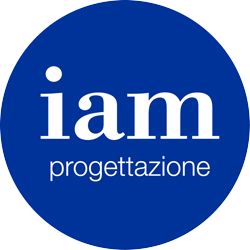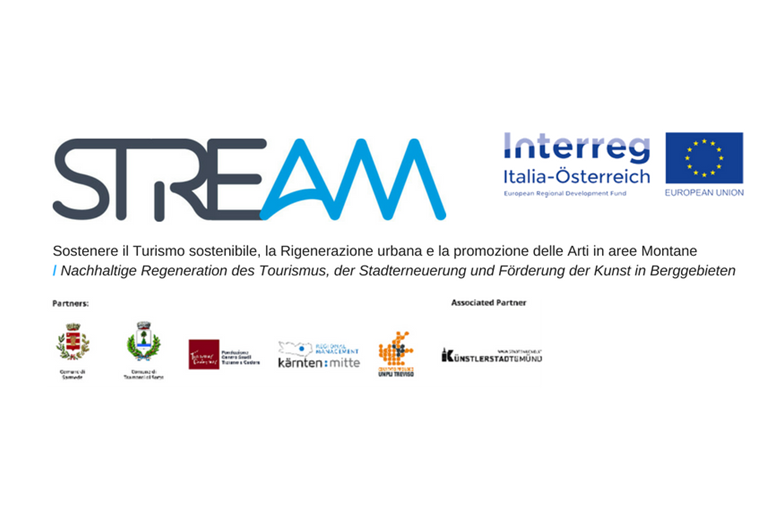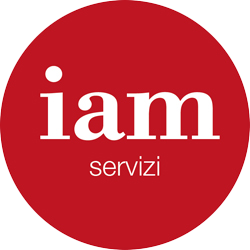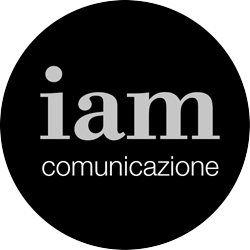S.T.RE.A.M. project aims to encourage the creation of destinations of excellence for cultural tourism in rural/mountain areas whose challenge is to identify the tools able to differentiate and seasonally adjust the tourist offer. The issue is directly related to the economic revitalization of small towns that form a socio-economic fabric made fragile by numerous threats, including a dangerous process of desertification and depopulation (in recent years one in seven inhabitants has abandoned the municipalities under 5000 inhabitants, which are 4 times less productive than the large centers – source Legambiente/Anci). In this context the cultural heritage richness of the project area represents an opportunity. The artistic revitalization of small historical centres, in fact, as well as the synergy between traditional economic sectors and the so-called creative industries, not only favour the development of tourist offer but also stimulate a greater propensity to consume from resident population, creating a virtuous circle for the benefit of the entire local community and employment. The redevelopment project of the new Ceneda Storica District, presented by the Municipality of Vittorio Veneto in collaboration with CESCOT Veneto, aims to focus on the “historical talents” linked to the past in order to relaunch the area from a tourist and above all commercial point of view.
Projects partners
MUNICIPALITY OF SARMEDE (LEAD PARTNER AND COORDINATOR)
UNPLI TREVISO PROVINCIAL COMMITTEE
MUNICIPALITY OF TRAMONTI DI SOTTO
TITIAN AND CADORE STUDY CENTRE FOUNDATION
RM REGIONAL MANAGEMENT KARNTEN:MITTE (Central Carinthia)
The main challenge that the S.T.RE.A.M. project aims to overcome is the full exploitation of the tourist and cultural potential of existing territorial resources and the use of innovative approaches that guarantee their attractiveness and usability for visitors and citizens. The project partners propose to face this challenge with a common approach at cross-border level, based on the coordinated mapping of the sites that can be exploited and on the sharing of a plan to promote tourism in small urban and rural centres in mountain areas, through the recovery and use of public and private spaces properly identified.. The partnership will be able to count on a substantial wealth of experience and best practices to design routes and models for the relaunch of tourism, with the active involvement of artists in cultural events and actions in Italy and Austria, as well as mobility routes in historic centres with the help of new technologies.




